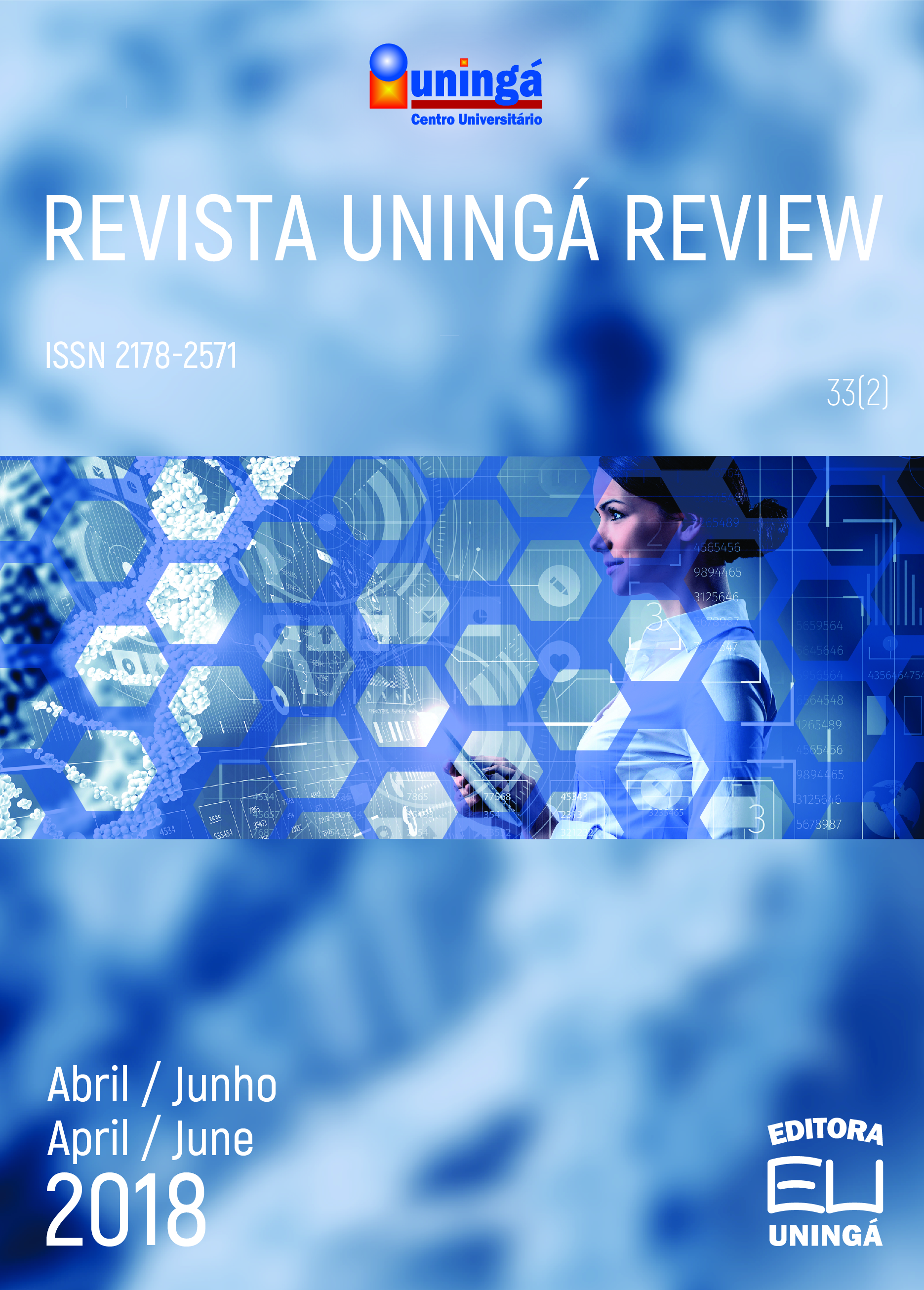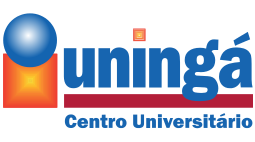TRAINING FOR DISTANCE EDUCATION AND DIFFICULTIES OF IMPLEMENTING THE 20% OF TIME LOAD IN THIS MODALITY
Keywords:
Distance education, Implementation of the 20%, Teaching learningAbstract
The present study, when recognizing Distance Education (EaD) as an authentic model of comprehensive education in all regions of the world, sought to investigate the first challenges of implementing this new scenario, which goes beyond the limits of time and space, and needs to act in the context of diversity, of changes, transformations and multimodalities. The studies of Castells (1999), Kenski (2009), Buran (2012) and Kress (2003) refer to this scenario, helping to understand a networked society without limits to the reach of information. Thus, through a descriptive research, we sought to study a particular case, a specific system, understanding its operation and identifying the main difficulties in implementing the 20 percent of Distance Education. The students 'lack of adaptation and involvement with the process led to a low performance, showing that students' attitudes and their autonomy are essential for the good progress of ongoing studies in EaD.
Downloads
Downloads
Published
How to Cite
Issue
Section
License
I declare/we declare that the text submitted here is original, of my own authorship and does not infringe any type of third party rights. The content is my/our sole responsibility. Possible research involving animals and/or human beings is in accordance with Resolution 196/96 of the National Health Council and its complements. I declare that I am/we are in possession of the written consent of patients and that the research and its procedures were timely and adequately approved by the Ethics Committee of the institution of origin. We further declare that all institutional affiliations and all sources of financial support for the work are duly informed. I certify that there is no commercial or associative interest that represents a conflict of interest related to the submitted work. If there is commercial interest, in addition to the technical and academic ones, in the publication of the article, the information will be reported during the text.







































